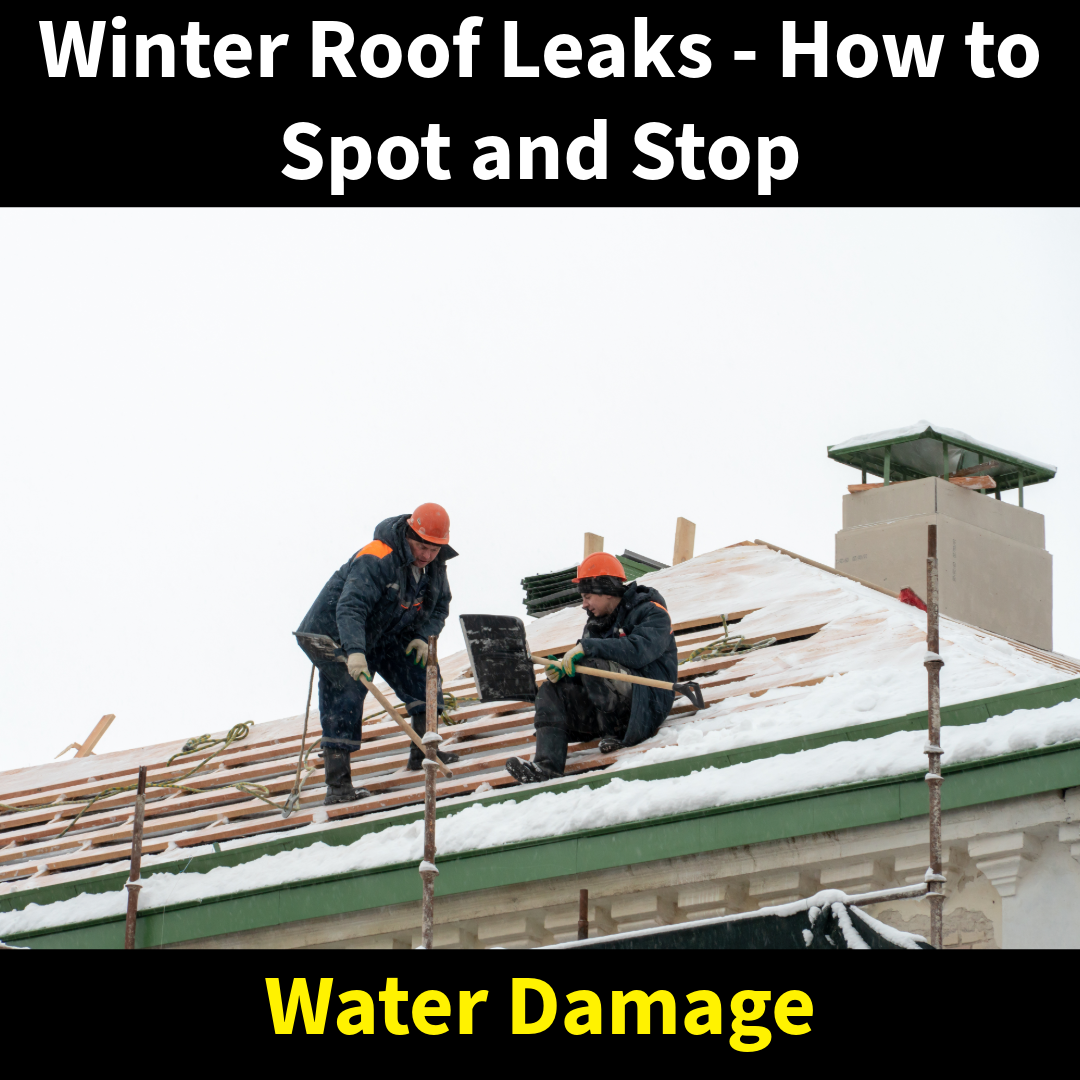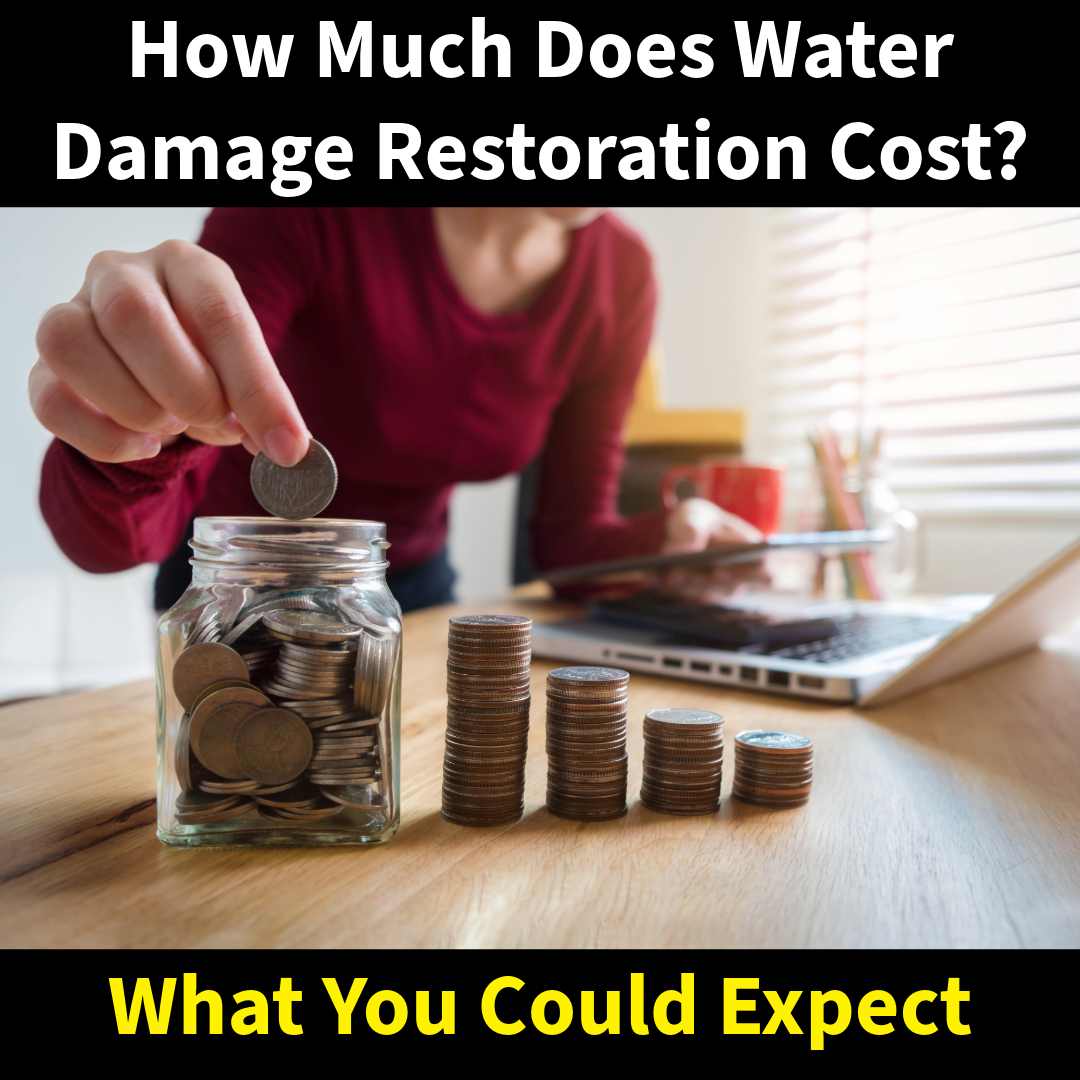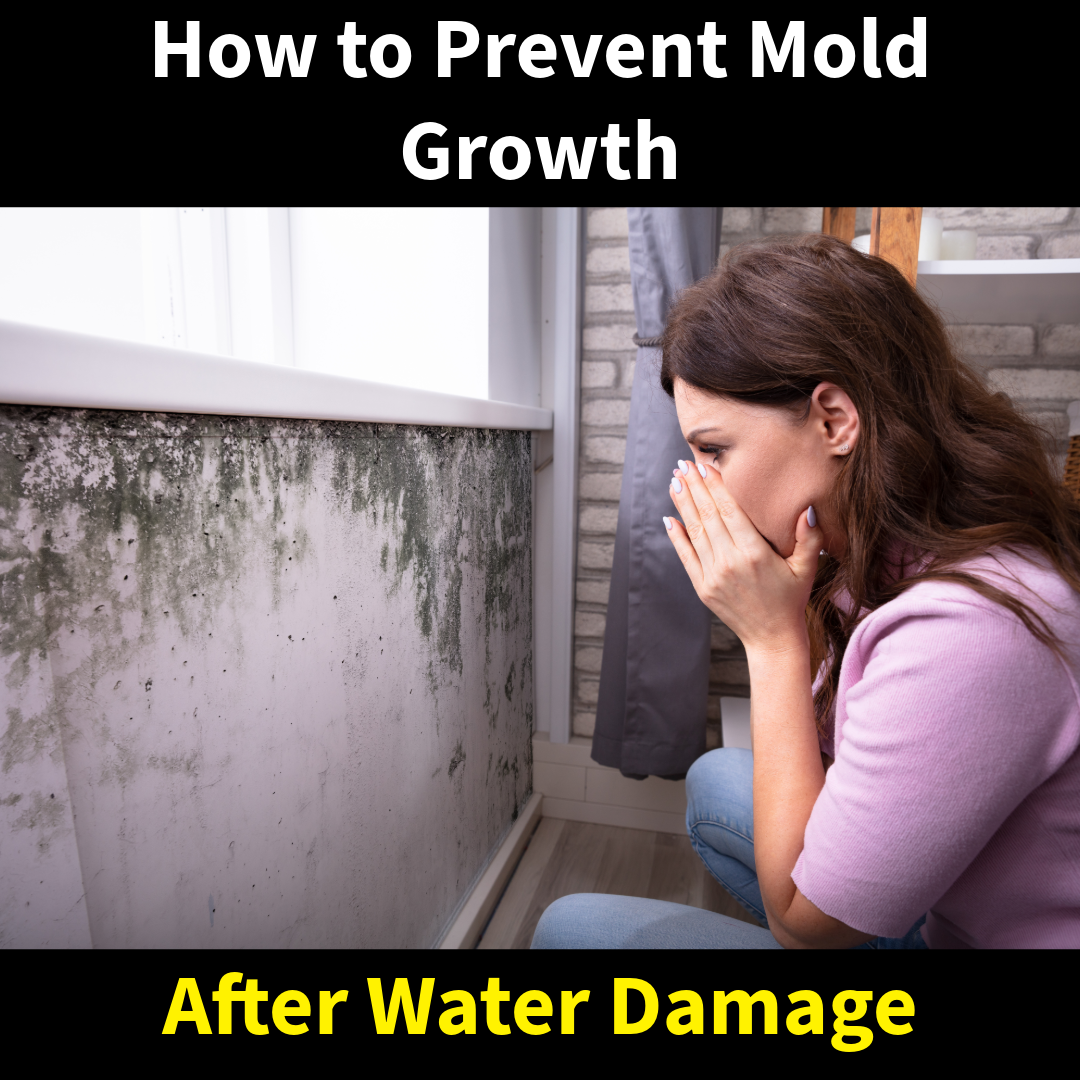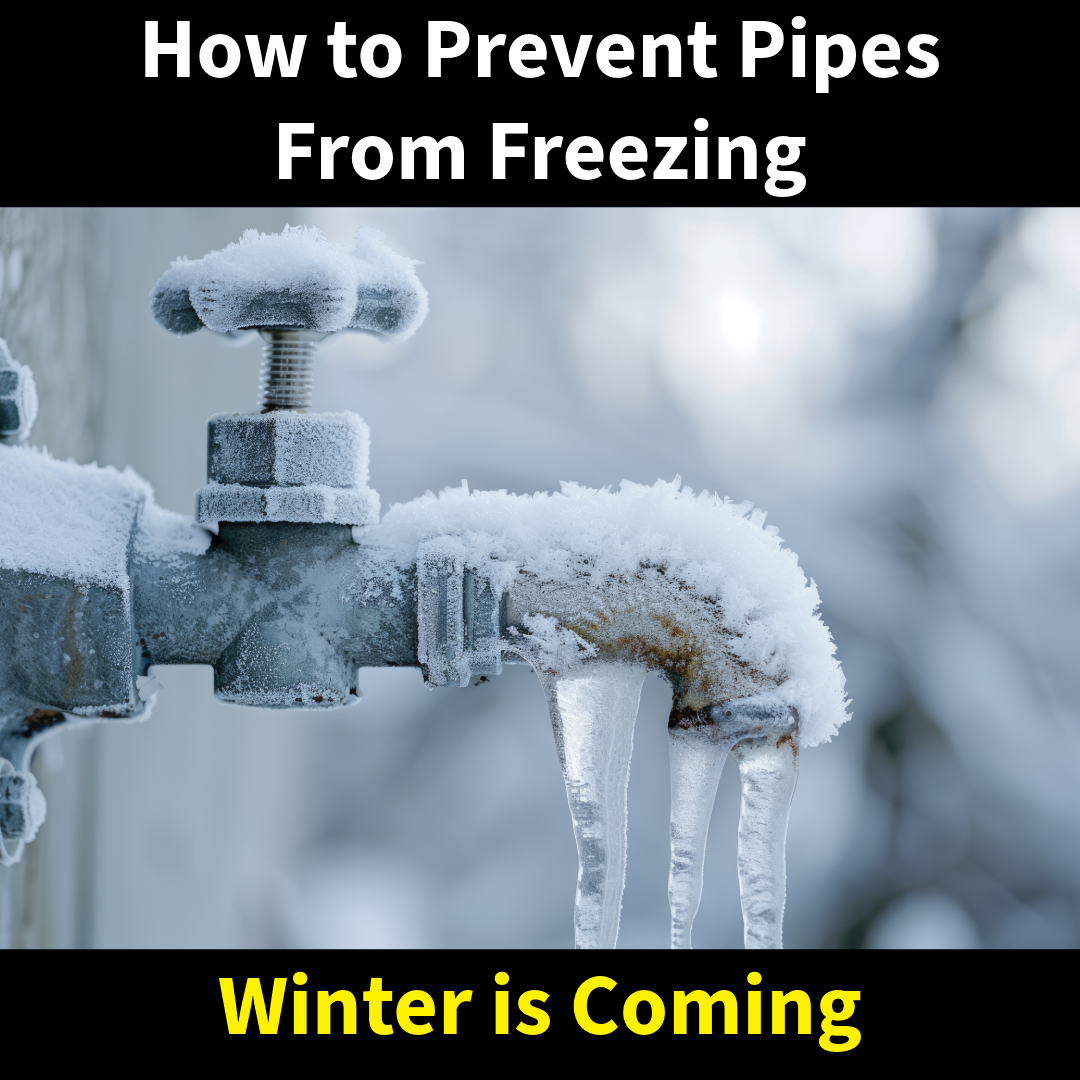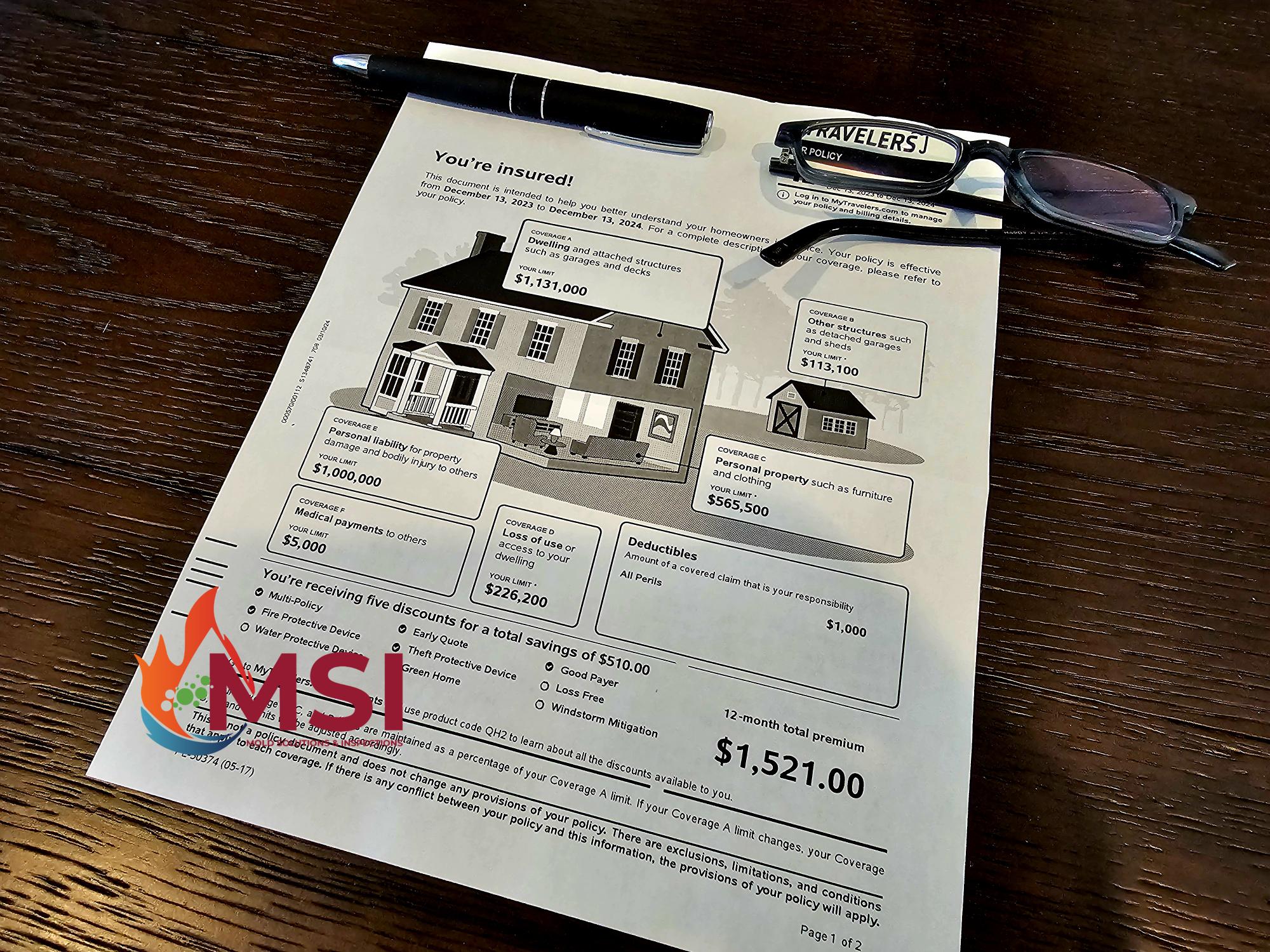Winter weather can be tough on homes, especially when it comes to your roof. Snow, ice, and fluctuating temperatures create the perfect conditions for leaks to develop. Left undetected, these leaks can lead to significant water damage, mold growth, and costly repairs. Here’s what homeowners need to know about spotting and stopping winter roof leaks before they become a major problem.
Common Causes of Winter Roof Leaks
- Ice Dams – When snow melts on a warm roof and refreezes at the eaves, it creates a dam that traps water behind it. This water can back up under shingles and seep into the home.
- Heavy Snow Accumulation – Excessive snow adds weight to the roof and can cause stress on weak spots, leading to leaks.
- Condensation in the Attic – Poor insulation and ventilation can cause warm air from your home to rise and condense in the attic, leading to moisture buildup and eventual leaks.
- Cracked or Missing Shingles – Winter storms and high winds can damage shingles, creating openings for water to penetrate.
- Flashing Damage – The metal flashing around chimneys, vents, and skylights can deteriorate or become loose, allowing water to seep in.
Signs of a Winter Roof Leak
- Water stains on ceilings or walls
- Peeling paint or bubbling drywall
- Damp or musty smells in the attic or upper floors
- Visible ice dams forming along the roof’s edge
- Icicles hanging from the gutters (a sign of poor drainage)
- Soft or sagging spots on the roof
How to Prevent Winter Roof Leaks
- Keep Gutters Clean – Remove leaves and debris to allow melting snow and rainwater to drain properly.
- Improve Attic Insulation and Ventilation – Proper insulation helps maintain consistent roof temperatures, preventing ice dams and condensation issues.
- Remove Snow Safely – Use a roof rake to clear snow buildup and reduce stress on the roof.
- Seal Roof Penetrations – Check around chimneys, vents, and skylights for any gaps or cracks and apply proper sealing materials.
- Schedule a Professional Roof Inspection – A roofing professional can identify weak spots and recommend repairs before they turn into costly leaks.
What to Do If You Discover a Leak
If you suspect a roof leak, act quickly to minimize damage:
- Place a bucket or container under drips to catch water.
- Dry out affected areas to prevent mold growth.
- If safe, remove excess snow from the roof to reduce water accumulation.
- Contact a professional for immediate repairs and water damage restoration.
Final Thoughts
Winter roof leaks can be a homeowner’s worst nightmare, but with the right preventative measures and quick action, you can minimize damage and costly repairs. If you suspect a leak, don’t wait—address it immediately to protect your home from further harm. Our water damage restoration team at MSI in on call no matter the time or date, and we’ve helped thousands of home and business owners alike get back to the norm they know in a quick, safe and cost effective manner.
